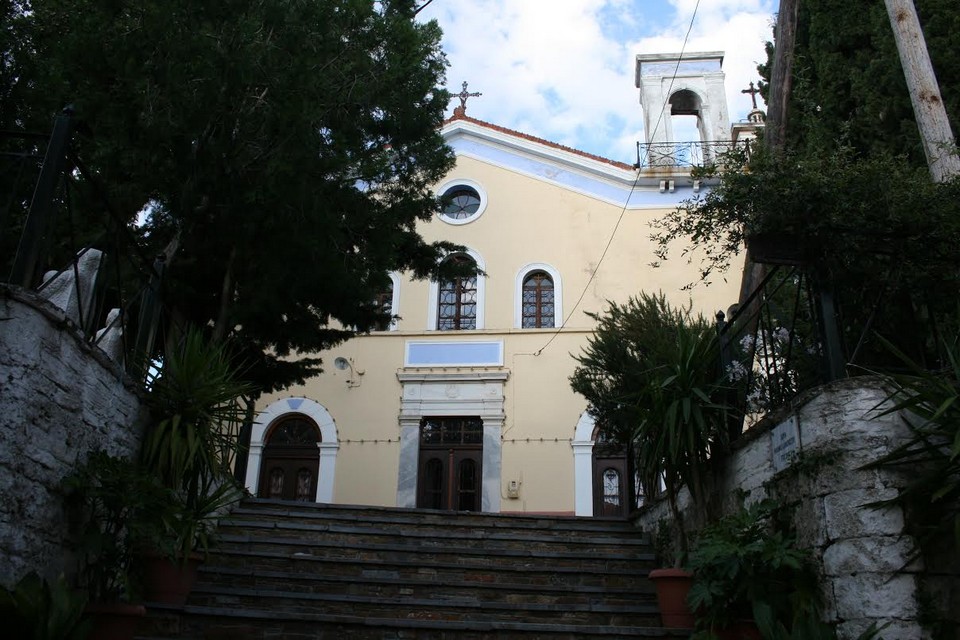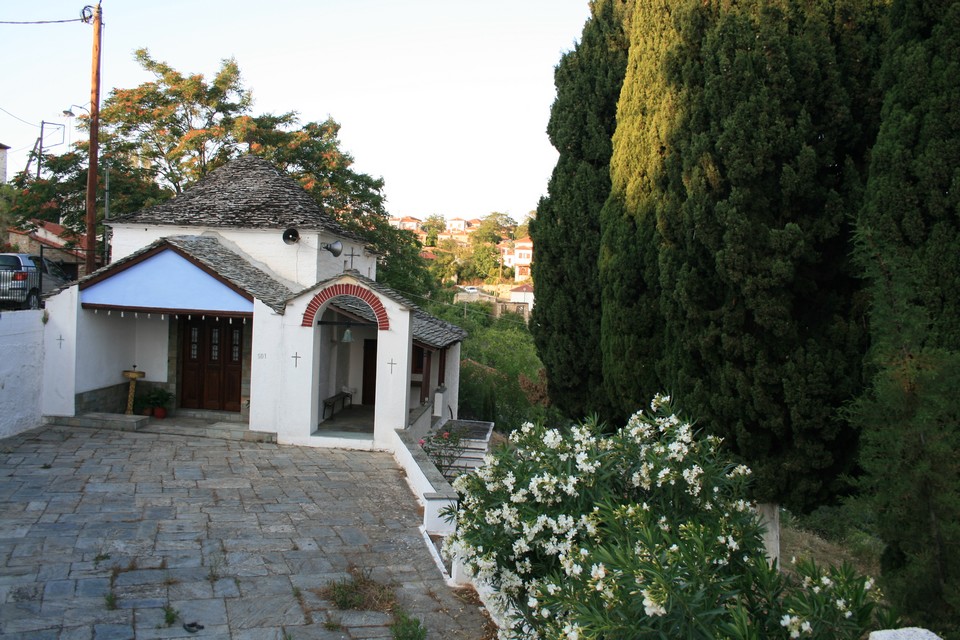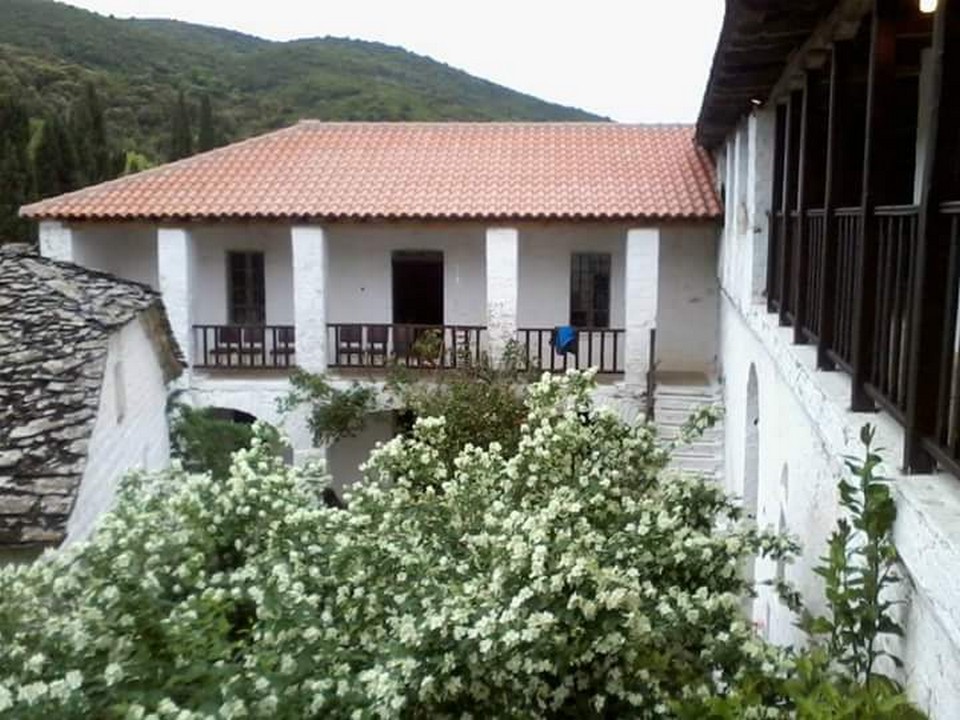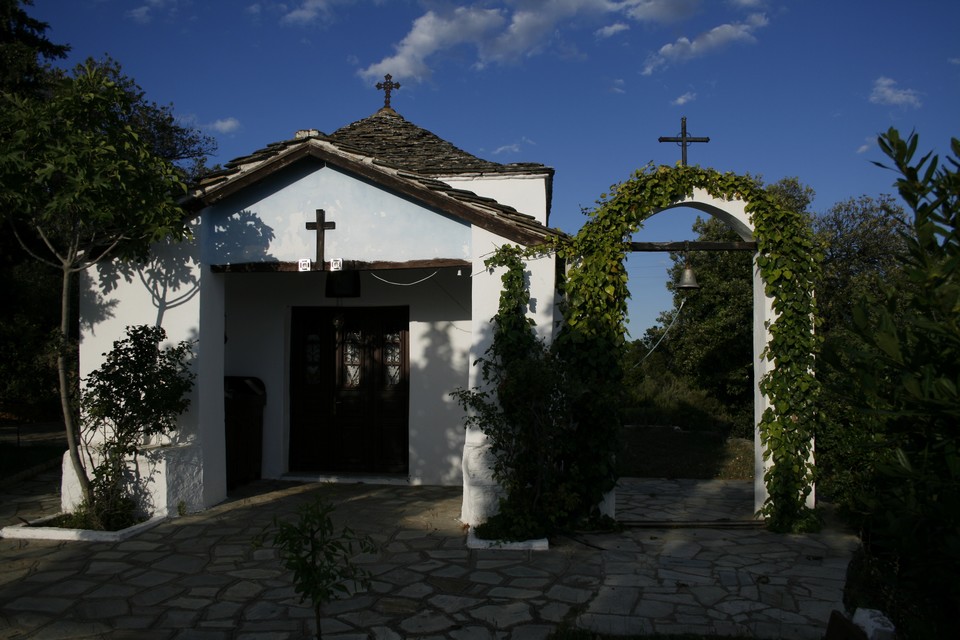It was built in 1756 and was small and built with basilica style architecture. As the years passed by the need for a bigger church arose and therefore in 1887 work began on the new church with the same design, a large gynaeconitis and wood carved templon, the work of D. Fabas. The marble work was done by K. Tsamis, whereas the icons were done by the local icon painter An. Tsamasfyros, who was trained at Mount Athos.


A beautiful small church, with a basilica design and a loggia, located in the western part of the village with an incredible view of the Pagasetic Gulf. The exact date of construction is not known, however it is believed to be around 100 years ago.

The monastery was built in 1795 with funds from the warlord Stergios Basdekis. The architectural designs were drafted by Dimos Zoupaniotis, while the interior is decorated with stone reliefs and a rayed sun, work of the sculptors Sp. Milios, and Zoupaniotis. It is found north east of Lafkos in the area “Kotiki” 8 kilometers from the center of the village. On the outside the monastery is surrounded by olive trees while behind the monastery flow the waters of the river that eventually empty into the Aegean at the village of Paltsi.

It is located at the end of the village, at its highest point, with a panoramic view of the Pagasetic Gulf. It is built with a basilica design and a loggia. There are no written accounts regarding the date it was constructed.
It is located a little further up from the chapel of Prophet Elias. There are no written accounts regarding the date of construction.

It is located half an hour from Lafkos towards the route to the village of Platanias in an area covered with olive groves and has given its name to the entire area of which it is also considered protector. The church was built in 1820 with donations from the Anagnostou family and renovated in 1880. It is built with a basilica design and a loggia. Behind the chapel there is a small graveyard.
It is located at the area known as “Sara” on the route from Lafkos to Milina. It was built with a basilica design with a loggia, before 1820, without written accounts regarding the exact date. It is dedicated in memory of John the Theologian.
